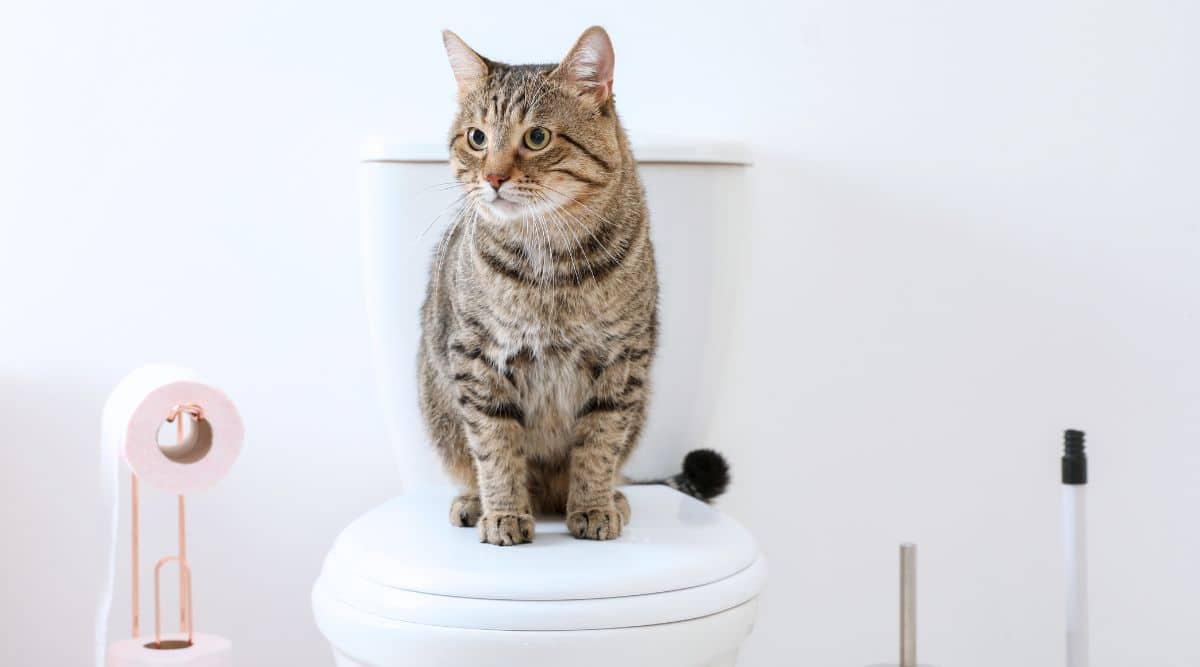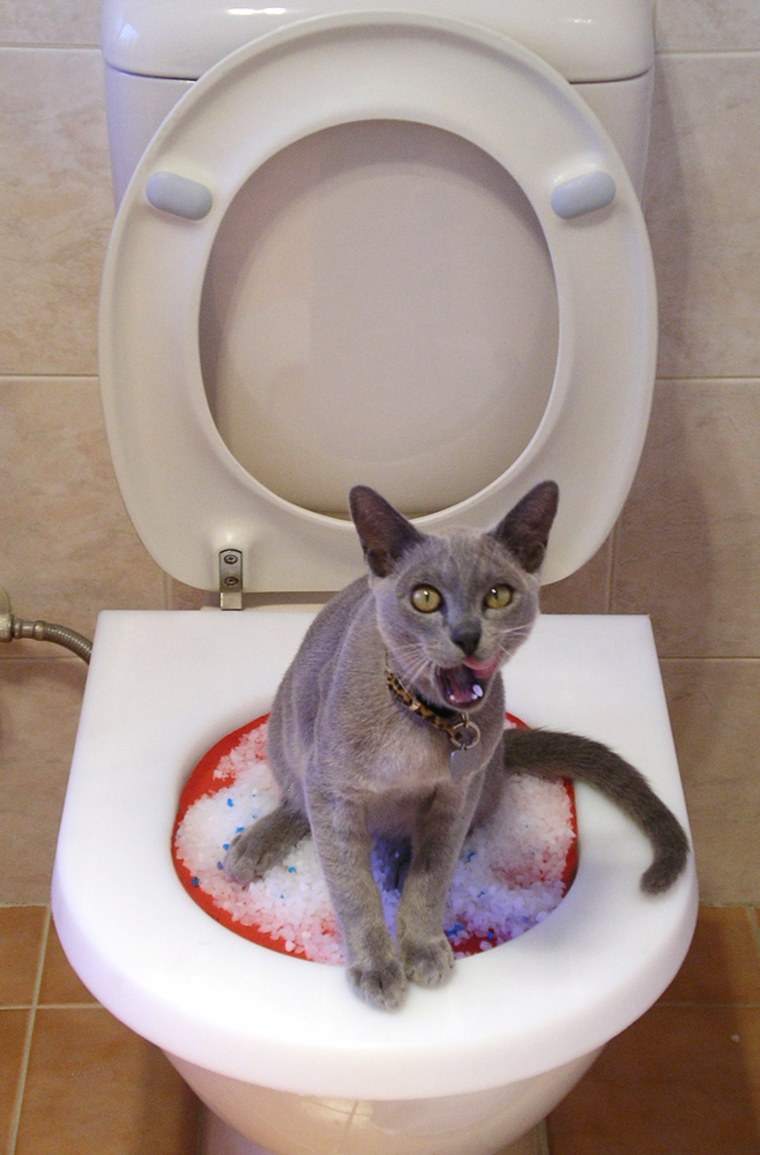Essential Reasons Why Animal Waste Ought to Never Be Flushed Down the Toilet
Essential Reasons Why Animal Waste Ought to Never Be Flushed Down the Toilet
Blog Article
Right here underneath yow will discover lots of quality information and facts around Why you should never flush dog poop down the toilet.

When it involves taking care of waste, particularly animal waste, many people commonly consider the convenient alternative of flushing it down the toilet. However, this apparently easy remedy can have major consequences for the atmosphere and public health. In this post, we'll discover why flushing animal waste down the toilet is a negative concept and provide different techniques for appropriate disposal.
Intro
Correct waste disposal is crucial for maintaining environmental sustainability and public health. While it might appear harmless to flush animal waste down the toilet, it can lead to various issues, both for the atmosphere and human health.
Threats of flushing pet waste
Environmental influence
Flushing pet waste introduces dangerous microorganisms and microorganisms into waterways, which can adversely influence marine ecological communities. These microorganisms can pollute water sources and injury aquatic life, interfering with fragile ecosystems.
Public health issues
Animal waste contains harmful germs such as E. coli and Salmonella, which can pose significant health dangers to humans. Flushing animal waste down the commode can pollute water materials, bring about the spread of conditions and infections.
Alternatives to flushing
Instead of flushing pet waste down the bathroom, there are a number of alternative disposal techniques that are extra environmentally friendly and sanitary.
Composting
Composting pet waste is an environmentally friendly means to dispose of it. By composting, organic matter is broken down into nutrient-rich dirt, which can be made use of to fertilize gardens and plants.
Garbage dump disposal
Dealing with animal waste in a landfill is one more choice. While not as eco-friendly as composting, it is a more secure option to flushing, as it avoids the contamination of water sources.
Pet dog waste disposal systems
There are specialized animal garbage disposal systems offered that securely and hygienically get rid of pet waste. These systems typically utilize enzymes to break down waste and eliminate smells.
Actions to appropriate animal waste disposal
To guarantee proper disposal of pet waste, comply with these actions:
Scooping and landing waste
On a regular basis scoop and bag animal waste using biodegradable bags. This avoids waste from polluting the environment.
Utilizing marked waste bins
Dispose of bagged pet waste in marked waste containers, such as garden compost containers or garbage dump bins. Prevent flushing it down the bathroom at all prices.
Cleaning litter boxes and family pet areas frequently
Regularly clean litter boxes and pet dog locations to avoid the accumulation of waste and microorganisms. Use pet-safe cleansing products to keep hygiene.
Benefits of correct disposal approaches
Embracing correct disposal methods for pet waste supplies numerous advantages:
Minimized environmental pollution
Correct disposal techniques lower the threat of environmental pollution, securing waterways and communities from contamination
Reduced risk of water contamination.
By preventing flushing animal waste down the bathroom, the danger of water contamination is dramatically decreased, guarding public health.
Improved cleanliness and health
Proper disposal techniques promote better cleanliness and hygiene, developing a much safer environment for both humans and animals.
Final thought
To conclude, flushing animal waste down the commode is damaging to the atmosphere and public health. By taking on alternate disposal approaches and following correct waste monitoring methods, we can lessen the unfavorable effect of animal waste and add to a cleaner, healthier earth.
What To Do With Dog Poo – The Do's And Don'ts Of Disposing Of Faeces
Dog poo bins
Some councils provide dedicated dog waste bins in popular dog-walking areas that can take dog poo that has been bagged but you can legally dispose of dog waste in any public litter bin, as long as it is securely bagged. This also applies to your wheelie bin at home.
Do not flush
Water companies do not recommend flushing dog faeces down the toilet because certain parasites can survive the water processing treatment and are potentially harmful to humans. You should also never consider flushing dog poo that has been bagged down the toilet as the bags will not break down and instead create severe blockages in the sewage system.
In the woods
The Forestry Commission promotes a ‘stick and flick’ method for dealing with waste in the woods. This means finding a stick and using it to flick any poo from off the path so that it is out of the way of other walkers. You could also bury it as long as it is not in an area where there might be livestock.
Livestock
Parasites found in dog poo can be transmitted to livestock if they inadvertently eat infected faeces that has been left on grazing land. This could result in the death of sheep or abortion in cattle so you should always make sure you pick up your dog’s waste in fields where livestock could be present.

Regularly clean litter boxes and pet dog locations to avoid the accumulation of waste and microorganisms. Use pet-safe cleansing products to keep hygiene.
Benefits of correct disposal approaches
Embracing correct disposal methods for pet waste supplies numerous advantages:
Minimized environmental pollution
Correct disposal techniques lower the threat of environmental pollution, securing waterways and communities from contamination
Reduced risk of water contamination.
By preventing flushing animal waste down the bathroom, the danger of water contamination is dramatically decreased, guarding public health.
Improved cleanliness and health
Proper disposal techniques promote better cleanliness and hygiene, developing a much safer environment for both humans and animals.
Final thought
To conclude, flushing animal waste down the commode is damaging to the atmosphere and public health. By taking on alternate disposal approaches and following correct waste monitoring methods, we can lessen the unfavorable effect of animal waste and add to a cleaner, healthier earth.
What To Do With Dog Poo – The Do's And Don'ts Of Disposing Of Faeces
Dog poo bins
Some councils provide dedicated dog waste bins in popular dog-walking areas that can take dog poo that has been bagged but you can legally dispose of dog waste in any public litter bin, as long as it is securely bagged. This also applies to your wheelie bin at home.
Do not flush
Water companies do not recommend flushing dog faeces down the toilet because certain parasites can survive the water processing treatment and are potentially harmful to humans. You should also never consider flushing dog poo that has been bagged down the toilet as the bags will not break down and instead create severe blockages in the sewage system.
In the woods
The Forestry Commission promotes a ‘stick and flick’ method for dealing with waste in the woods. This means finding a stick and using it to flick any poo from off the path so that it is out of the way of other walkers. You could also bury it as long as it is not in an area where there might be livestock.
Livestock
Parasites found in dog poo can be transmitted to livestock if they inadvertently eat infected faeces that has been left on grazing land. This could result in the death of sheep or abortion in cattle so you should always make sure you pick up your dog’s waste in fields where livestock could be present.

As a serious person who reads about Should you flush animal waste down the toilet, I imagined sharing that excerpt was really useful. Sharing is nice. One never knows, you could be doing someone a favor. Thanks a lot for your time spent reading it.
Information Here Report this page